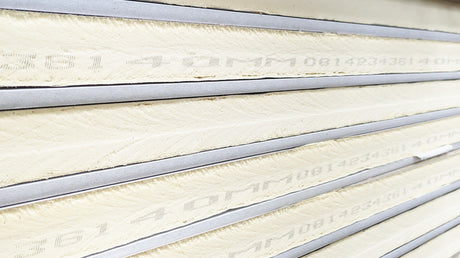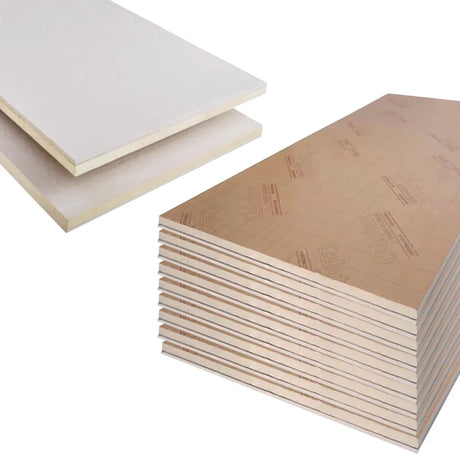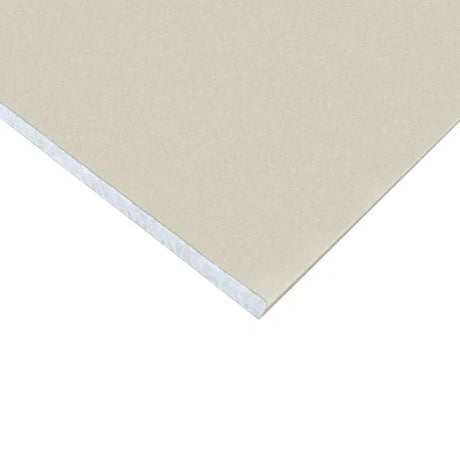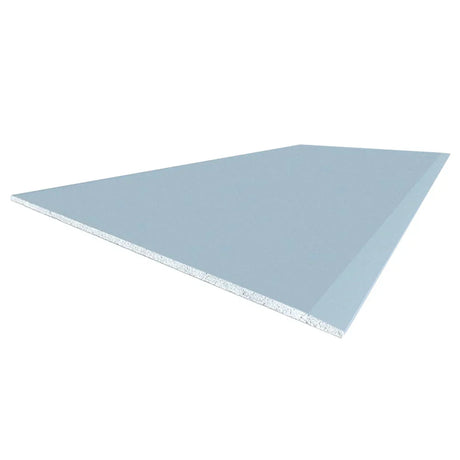The exterior longevity of marine plywood depends on multiple interrelated factors including material quality, protective finishing, installation detailing, and environmental exposure conditions. Understanding these variables helps establish realistic expectations and implement appropriate strategies maximising service life in challenging outdoor applications.
Quality genuine BS 1088 marine plywood with appropriate protective treatments typically provides 15-25 years of effective service in fully exposed exterior UK conditions. This performance expectation assumes proper edge sealing, quality surface finishes appropriate to the specific application, and installation details preventing water trapping or similar accelerated degradation conditions. Premium installations with exceptional attention to protective details sometimes extend beyond 30 years, while inadequately protected applications might show significant deterioration within 5-7 years despite using identical base materials. These timeframes reflect general guidance rather than definitive limits, with specific installations potentially varying substantially based on particular combination of factors affecting their individual exposure and protection characteristics.
Protective finishing systems directly influence achieved lifespan, frequently determining performance more decisively than the underlying marine plywood quality. Untreated marine plywood in fully exposed conditions typically shows significant surface degradation within 2-3 years, with performance deterioration accelerating as surface damage allows increasing moisture penetration into the panel structure. Basic protection with quality exterior varnish or paint extends this to 7-10 years with appropriate maintenance, while premium marine finishing systems like epoxy encapsulation followed by UV-resistant topcoats potentially extends performance beyond 20 years. The most sophisticated protection approaches combine multiple complementary systems: epoxy sealing of all edges and surfaces creating fundamental moisture barriers, followed by UV-resistant topcoats preventing epoxy degradation, with appropriate maintenance refreshing sacrificial top layers before underlying protection becomes compromised. This comprehensive approach maximises marine plywood's inherent durability while addressing its natural vulnerabilities through engineered protection systems.
Installation detailing significantly influences longevity regardless of material quality or surface protection. Design approaches preventing water trapping on horizontal surfaces, appropriate ventilation allowing drying after exposure, and avoiding direct ground contact all contribute to extended service life. Edge protection proves particularly critical, with exposed end grain requiring special attention through additional sealer applications or physical coverage with appropriate edge treatments. Fixing selection creates another important variable, with stainless steel or quality hot-dipped galvanised fixings preventing the corrosion staining and potential fastener failure common with standard fixings. These installation details explain why identical marine plywood with similar protective finishes often shows dramatically different performance between applications with thoughtful moisture-shedding details versus those where water remains trapped against surfaces after exposure.
Environmental exposure creates significant performance variation beyond simple material and installation factors. Fully exposed southern-facing installations receive substantially higher UV exposure than northern-facing alternatives, potentially halving service life without appropriate additional UV protection addressing this specific stress. Coastal environments with salt spray exposure create particularly challenging conditions requiring enhanced protection systems compared to inland applications. Areas with extended high humidity or reduced drying opportunity similarly accelerate potential degradation compared to well-ventilated locations with good drying conditions between exposure events. These environmental factors explain performance variations between identical installations in different locations, with exposure conditions often influencing longevity as significantly as material quality or protective treatments.
Maintenance practices substantially influence ultimate service life achievement. Regular inspection (minimum annually) allowing early identification and remediation of protective finish compromise before underlying material damage occurs extends performance dramatically compared to hands-off approaches addressing problems only after significant degradation becomes visible. Appropriate cleaning preventing biological growth accumulation or dirt trapping moisture against surfaces similarly contributes to extended performance. Maintenance reapplication of sacrificial protective layers before complete failure exposes underlying material represents perhaps the single most effective life-extension strategy, maintaining protection integrity throughout the material's potential service lifespan rather than allowing cyclical degradation and remediation that inevitably reduces ultimate performance potential.
Alternative material comparison provides useful context when evaluating marine plywood's exterior longevity. Standard construction plywood, even with identical protective treatments, typically delivers only 3-5 years satisfactory exterior performance before delamination or significant degradation in fully exposed applications. Pressure treated softwood boards of similar thickness generally provide 7-12 years before requiring replacement, while cedar or similar naturally durable species extend this to 15-20 years in equivalent applications. Composite wood alternatives typically claim 25+ year performance, though actual field experience sometimes shows aesthetic degradation or structural issues before reaching these theoretical lifespans. These comparative benchmarks help establish reasonable expectations for marine plywood performance relative to alternative material options, considering both initial cost differences and ultimate service life achievements when evaluating overall value propositions.
Cost-benefit analysis considering both initial investment and service life often favors quality marine plywood for appropriate applications despite its premium pricing. While initial material costs typically exceed standard construction plywood by 3-4 times, the potential service life extensions of 5x or greater create favorable lifetime economics for applications where installation labor, accessibility, or replacement disruption represents significant considerations beyond simple material costs. This value equation improves further for applications where marine plywood's specific performance characteristics like superior screw holding, enhanced dimensional stability, or particular aesthetic qualities provide additional benefits beyond simple longevity, creating multiple value factors justifying its selection for appropriate exterior applications.
At DIY Building Supplies, we provide premium marine plywood products meeting genuine BS 1088 specifications, along with comprehensive technical guidance regarding appropriate protection systems, installation best practices, and maintenance regimes to maximise service life for your specific exterior application requirements.









